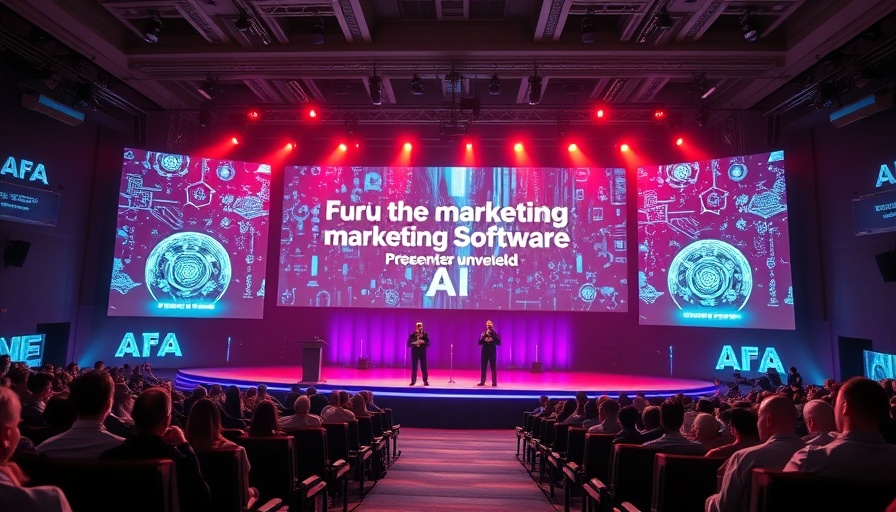
Revolutionizing AI Efficiency: Microsoft’s WINA Approach
The rapid advancement of AI technology has transformed numerous business operations, yet it often comes at a hidden cost—inefficiency. With AI chatbots increasingly employed for customer service and operational tasks, their escalating power requirements and time consumption raise pressing questions for business owners. Microsoft's recent breakthrough, as presented in the video Microsoft Just Dropped The Most Efficient AI Yet (Mimics Human Mind), proposes a solution that not only enhances performance but also drastically reduces energy waste.
In Microsoft Just Dropped The Most Efficient AI Yet (Mimics Human Mind), the discussion dives into AI efficiency, exploring key insights that sparked deeper analysis on our end.
Understanding the Problem: Traditional AI Frameworks
Current large language models operate like a massive digital brain that lights up in its entirety, regardless of the task at hand. This inefficiency can be likened to searching for a paperclip by turning on all the lights in a multi-story building. Innovations like the mixture of experts approach have sought to mitigate this waste by activating only the most relevant neural connections during processing; however, they require extensive retraining—something many businesses lack the resources to implement.
Introducing WINA: A Smarter, More Sustainable AI
Microsoft's Weight Informed Neuron Activation (WINA) technique aims to change the landscape of AI efficiency without the prerequisite of extensive training. By assessing not just how loud individual neurons shout but also factoring in the 'size of their megaphones'—i.e., the weight of their signals—WINA can intelligently decide which neurons should be active in response to queries. This approach effectively allows the model to deactivate a significant portion of itself while maintaining the response quality, achieving around 65% reduction in active neurons.
Impressive Performance Gains: WINA’s Proven Success
The practical results of the WINA methodology are compelling. In trials against established benchmarks, WINA outperformed traditional models by significant margins—shifting computational demands from billions of floating-point operations (FLOPS) down by nearly two-thirds without sacrificing accuracy. This kind of improvement is crucial for businesses seeking advanced AI marketing software solutions that enhance productivity while curbing operational costs.
The Business Implications of Enhanced Efficiency
As AI contenders like WINA roll out, businesses can anticipate not only improved efficiency but also a major reduction in their operational costs. Enhanced AI capabilities can facilitate quicker responses to customer inquiries, leading to better customer satisfaction and retention. Moreover, the open-sourcing of WINA’s code provides an attractive opportunity for companies to trial this innovation in their infrastructure without the risk and expense of extensive retraining processes.
This development compels business owners to rethink their operational strategies. With the costs of utilizing AI potentially slashed in half, implementing AI isn’t merely a luxury but an achievable route to sustaining competitive advantage in a technology-driven market.
Looking Forward: The Future of AI in Business
With WINA on the horizon, 2025 has the potential to herald a new era of AI—one where efficiency does not come at the expense of performance. As businesses adapt to these innovations, they are expected to embrace AI technologies that streamline operations and improve customer interactions.
As we witness this shifting landscape, it’s essential to remember that the ultimate objective of incorporating AI should extend beyond mere automation; it must serve to enhance business operations in sustainable, cost-effective ways. For those looking to leap into the future of AI-powered solutions, now is the moment to GET YOUR OWN AI ASSISTANT.
 Add Row
Add Row  Add
Add 




Write A Comment